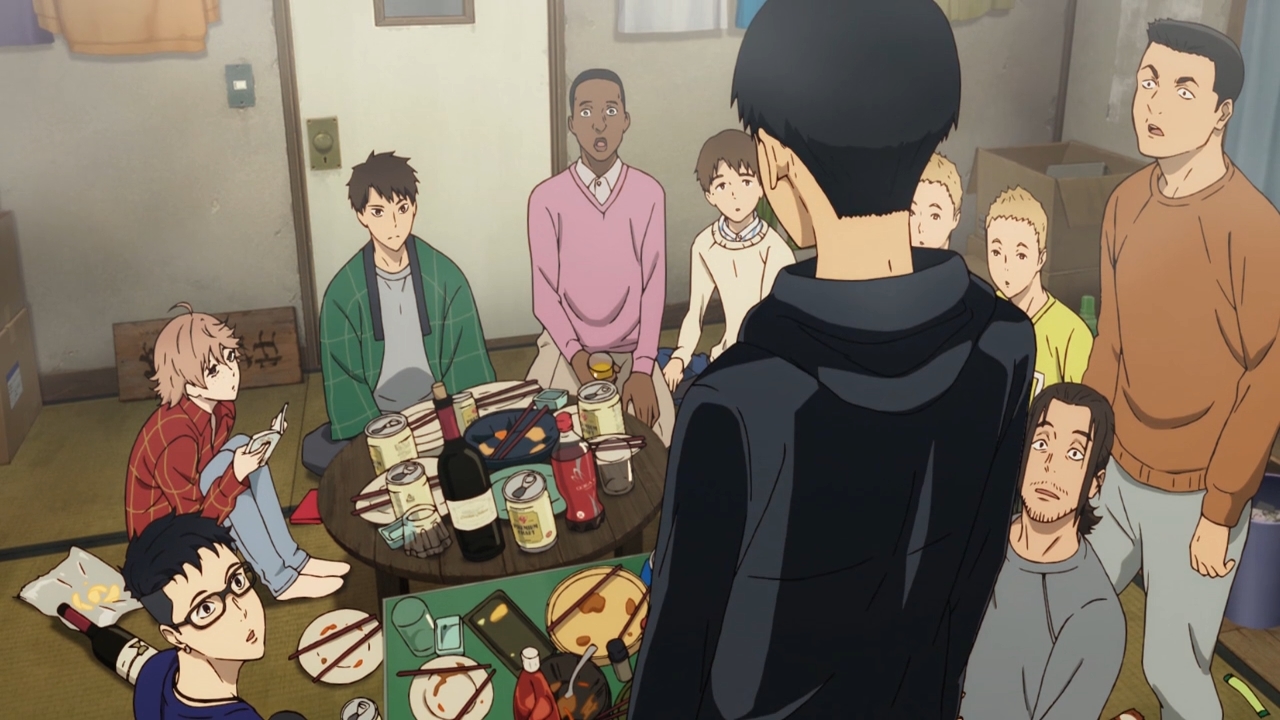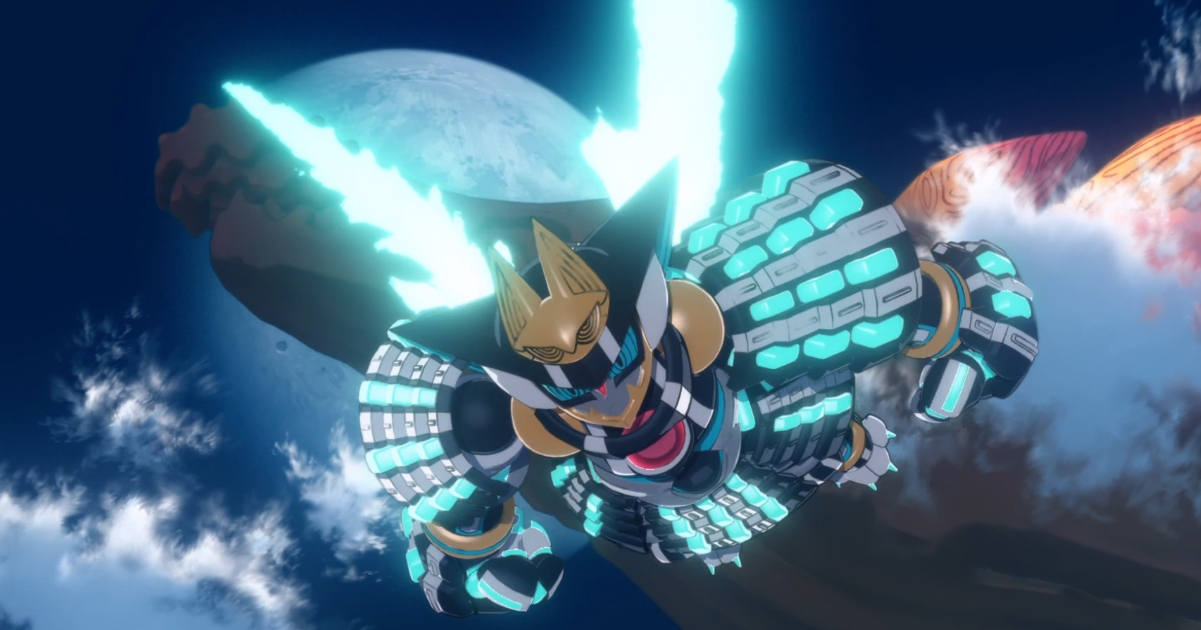
Anime tends to be perceived as a medium that usually deals with the fantastic in some form, from the laser blasting martial arts of Dragon Ball, to the gargantuan human eaters of Attack on Titan. In a lot of cases this assessment is true, with many series choosing to present their ideas and themes through sci-fi or fantasy setups. Planet With is an excellent recent example of this, using large scale conflicts between human and alien factions to convey a debate over the nature of human ambition. While it presents a grandiose intergalactic narrative, it also articulates a small scale story about the healing forces of forgiveness and the power of redemption, fully melding the huge stakes of its conflict with understandable undercurrents of human emotion.

But not all anime chooses this route, and this season’s Run With the Wind instead focuses on the lives and relationships of a few regular college students who are trying to start a running club. The premise is that a fourth year student, Haiji, essentially tricks a group of his peers to sign up for cheap housing in an old dorm, only to reveal that the dorm’s function is for housing a defunct running team. After recruiting a ringer in the form of ex-track star Kakeru, Haiji slowly resolves to win over each of the dorm’s inhabitants for the ultimate goal of participating in the Hakone Ekiden, a relay race that requires 5km of each member.
The most immediately recognizable quality of Run With the Wind is how effectively it conveys the camaraderie, haphazardness, and joys of dorm housing. From the first episode we are essentially dropped in the middle of a hangout movie, the storytelling focusing on depicting the numerous micro-interactions between each of the building’s denizens. While they can largely be defined by their vague goals, particularly in regard to why they run, these characters each feel like specific people. Yes, there’s an otaku, jocks, a foreign exchange student, a stressed out senpai, and other vague archetypes we’re familiar with, but their conflicts and unique personalities shine through. The cigarette smoking programmer Akihiro clashes with his lawyer roommate Yukihiro over his constant nicotine use, former’s easygoing nature contrasting latter’s frustrations. Over each episode we pick up bits and pieces of these character’s motivations, both in life and towards running. Akihiro’s explanation of why he decides to join the team captures the appeal of of the sport in a few words, but acknowledges that his rationale won’t be universal.

Run with the Wind is particularly rewarding when we get to see these fleshed out individuals bounce off of each other in the enclosed confines of their dorm, a medley of people that you wouldn’t necessarily see together in any other circumstance. This is the beauty of this kind of college living, it brings people together from vastly different backgrounds and life experiences and forces them to live in incredibly intimate proximity to one another for a long stretch of time. Despite the nightmarish cost (in the US anyway), and the terrifying prospect of being trapped in whichever field you choose, in my mind the most umblemished aspect of college is that you get to meet other types of people in a way that was nearly impossible beforehand. Yes, cliques eventually form, and as people move out the the dorms they grow apart, but for a short time you get to see seemingly different types of people realizing the superfluous nature of their perceived differences. Run With the Wind excels at portraying this, and by framing this running club as a motley crew that had no intentions of being a running club, it highlights this wonderful dynamic that is intrinsic to the college experience.
But the show doesn’t just rely on these fun character dynamics alone, it is also slowly developing its overarching conflict alongside its cast. From the start it is clear that the challenges that await the club are immense, the relay race they intend to participate is an exceedingly competitive affair. But far from the usual framing of these sorts of zero to hero stories, the the narrative seems much more concerned with the outcomes and beliefs of its cast than the prospect of merely winning. The end goal offers a reason for these people to improve rather than just harping on the importance of victory, and the narrative is much more concerned with presenting their hangups and growth than anything else. By episode 4 the backstory of the stoic Kakeru is revealed, explaining his troubled past with his high school running team and the isolation caused by his talent. His inability to feel as though he was part of a team ties into Haiji’s goal of bringing them all together, and Kakeru’s slow transformation from nearly silent introvert, to being a more open teammate is well delivered. While as of episode 5 it is unclear what is driving Haiji to revitalize the running club, his persistence and cleverness in manipulating the group to participate illuminates the purity of his aims.

Like the majority of the best sports dramas, Run with the Wind is more concerned with its cast and their growth rather than just depicting competition and victory. It’s portrayal of these students comes across as naturalistic, humanizing, and occasionally hilarious, the strength of its source material combining with a great adaptation. Although many view anime as a medium dominated by energy blasts, isekai, and fan service, this is one of those shows that clearly depicts the diversity of the form, and the heights it can reach outside of those familiar constructs.
Run With the Wind is currently airing, and available on anime streaming platforms such as Crunchyroll.






